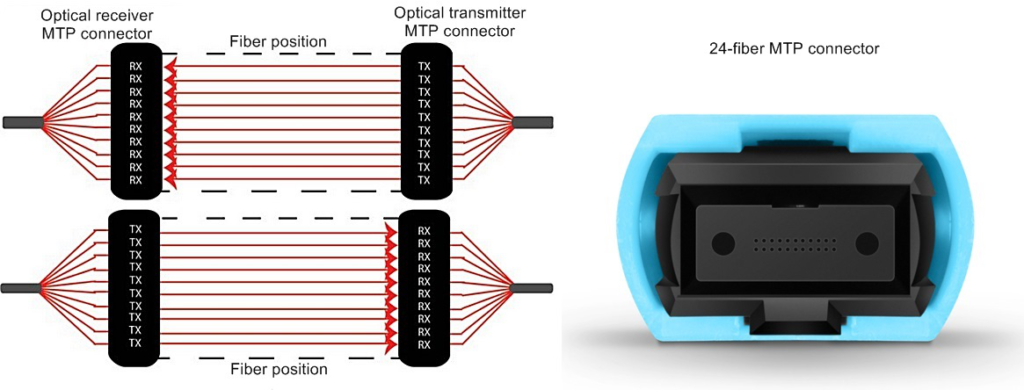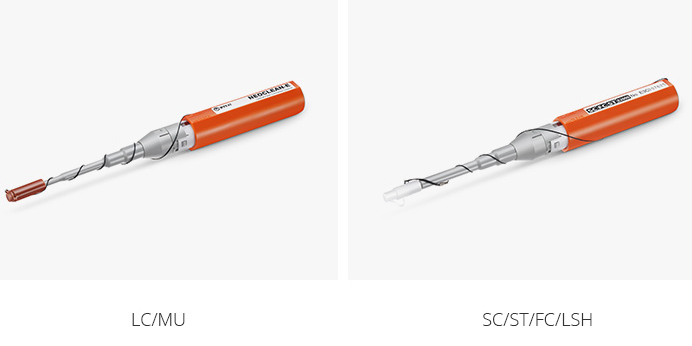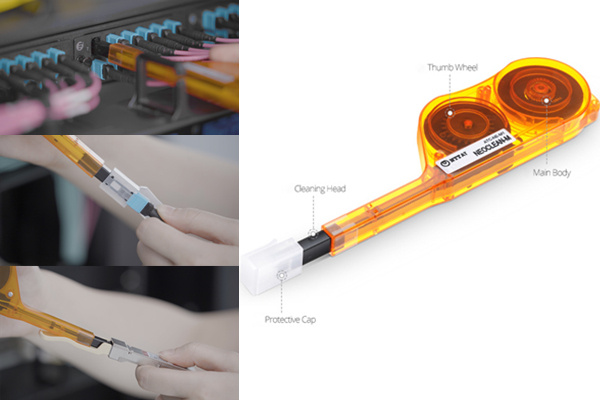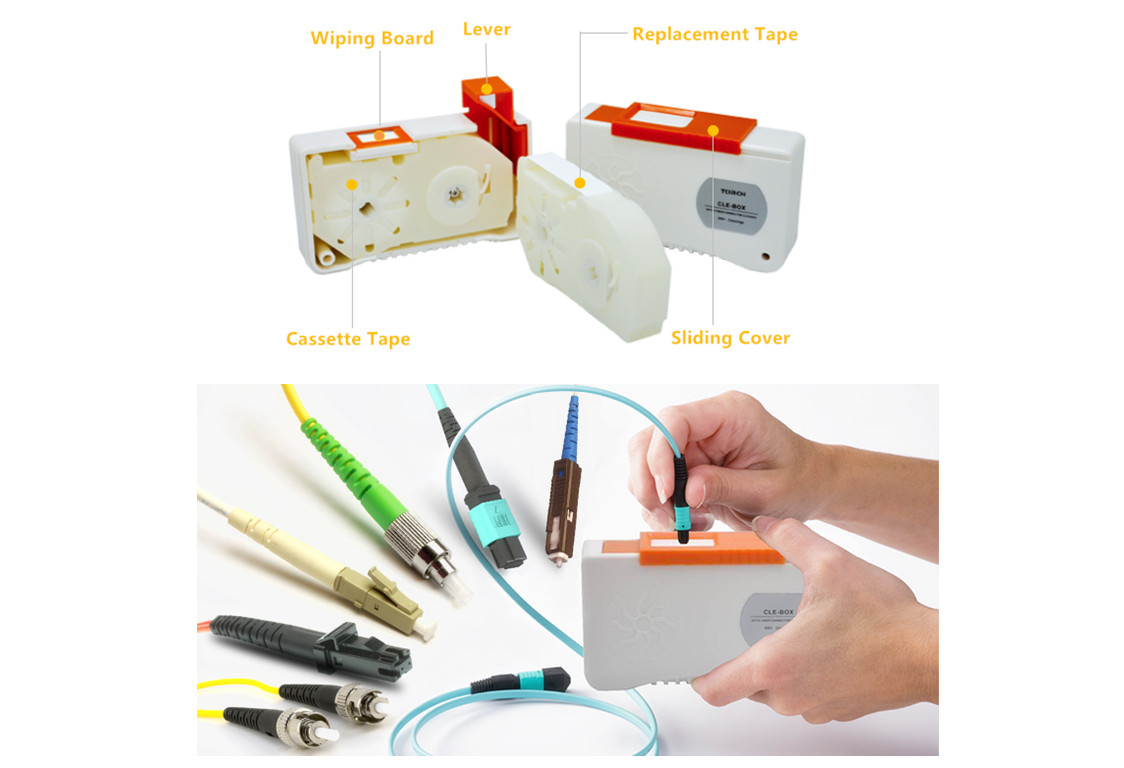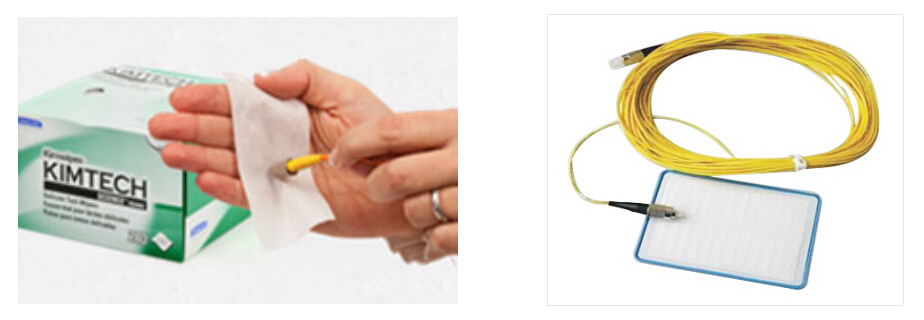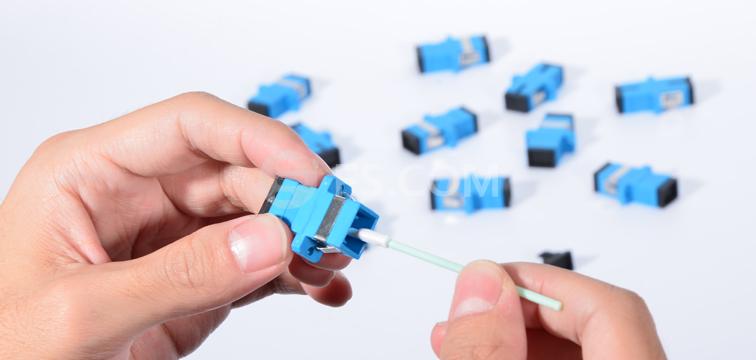With an increasing demand for faster data transfer speed, the capacity to transfer data as efficiently as possible remains the main force in today’s communication age. Since the backbone of most modern digital information systems is supported by fiber optic networks, there is a growing focus upon the MPO fiber connector and MTP fiber connector.
What Are MPO and MTP Connectors?
MPO is the industry acronym for “multi-fibre push on.” Originally created in the late 20th century, MPO connector is the first generation of clip clamping multi-core optic fiber connector, which developed by the Japan NTT to easily interconnect multiple fiber strands and transfer an ever increasing amount of data.
While MTP is a registered trademark of US Conec, marketed as a “high performance MPO connector with multiple engineered product enhancements to improve optical and mechanical performance when compared to generic MPO connectors.” Both MTP connector and MPO connector are available with standard or elite / low loss options. The picture below shows the transmission of a 24-fiber MTP fiber connector.
What Makes the MTP Connector Superior to MPO?
The MTP connector has features and benefits that are not available on generic MPO connectors. Some of the key distinctions include:
1. The MTP connector housing is removable. This feature allows the customer to re-work and re-polish the MT ferrule, change the gender after assembly or even in the field and scan the ferrule interferometrically after assembly.
2. The MTP connector offers ferrule float to improve mechanical performance. This allows two mated ferruled to maintain physical contact while under an applied load.
3. The MTP connector uses tightly held tolerance stainless steel guide pin tips with an elliptical shape. The elliptical shaped guide pin tips improves guidance and reduces guide hole wear.
4. The MTP connector has a metal pin clamp with features for centering the push spring. This can help eliminates lost pins and center spring force.
5. The MTP connector spring design maximizes ribbon clearance for twelve fiber and multi-fiber ribbon applications to prevent fiber damage.
6. The MTP connector is offered with four standard variations of strain relief boots to meet a wide array of applications. The short boot reduces the footprint by 45%, making it an ideal choice for use in space limited applications.
Summary
Low loss MTP connector and MPO connector deliver the performance and reliability needed in today’s demanding high-speed broadband and data networks. Many suppliers like FS offers an extensive line of high-density MPO/MTP fiber connector products, including jumpers, fanouts, pigtails and connectorized cable. When you need a high-performance fiber optic connectivity solution, you can look to their products featuring the MPO/MTP connector and choose freely.
